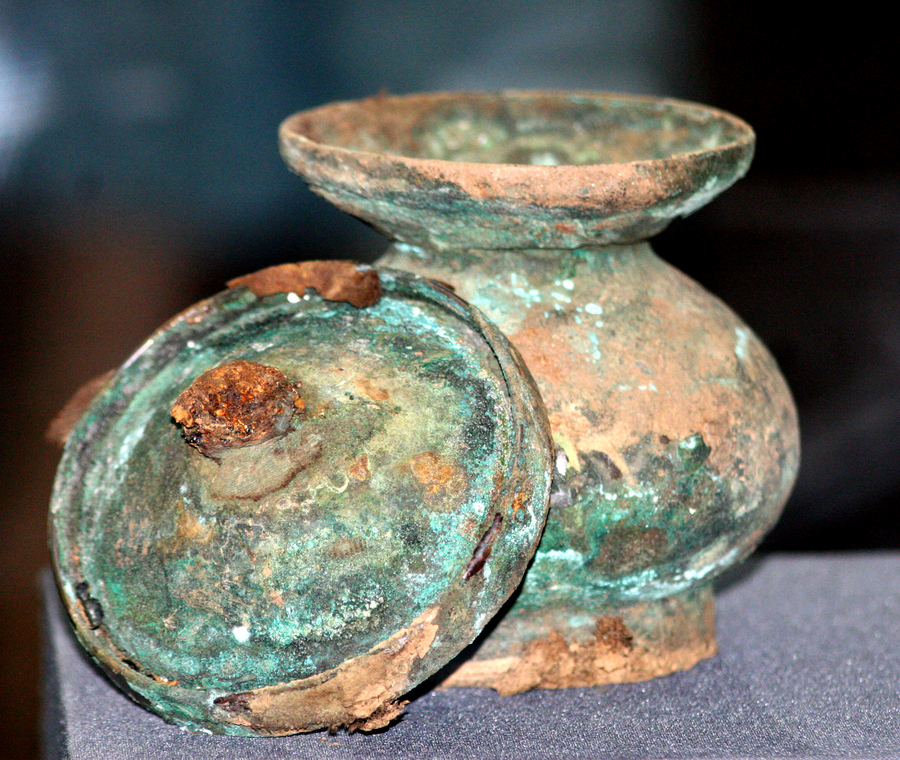ID :
502616
Mon, 08/27/2018 - 12:00
Auther :
Shortlink :
https://oananews.org//node/502616
The shortlink copeid
XIANBEI SITES DISCOVERED IN MONGOLIA FOR THE FIRST TIME

Ulaanbaatar /MONTSAME/ On August 24, researchers at the National Museum of Mongolia presented the new findings of Xiongnu, Xianbei and Turkic periods discovered in Uvs, Khuvsgul, Orkhon and Tuv aimags .
The research team of the National Museum started excavations at the site of Airagiin Gozgor in Jargalant soum of Orkhon aimag in 2014. They have documented over 100 tombs at the site and explored 16 of them. The burials found in the graves were similar to the Xianbei burials found in Inner Mongolia Autonomous Region of China and the items found in tombs were similar too. It was proven that the burials were made in 3rd century BC and according to paleoanthropological studies, the human appearances were similar with the Xiongnus and Xianbeis.
As a result of the research, the Xianbei remains were discovered for the first time in Mongolia, making tangible contribution to the ancient history studies. It is important for solving a number of uncertain issues in history of Xianbei.
In addition to this research, there are six projects under implementation, including Xiongnu research at the Shiiter site in Tseel soum of Tuv aimag, Turkic research Khaya Khudag and Gun burd sites in Delgerkhaan soum of Khentii aimag, ‘Shiiter’ and ‘Kherlen’ research projects on ‘Western Mongolia’ in Zuunkhangai soum of Uvs aimag. The projects are being implemented jointly by the researchers and scholars from the Western Kentucky University, National Museum of China, International Turkic Academy and Korea.
“As a result of the projects, we are opening a new page of Mongolian ancient history research. The most remarkable research was the one to document the Xianbei sites with archeological finds in Mongolia for the first time. Most of the Xianbei history were documented with Chinese historical texts, but with the new finds, we will be able to look back at the history of nomads who lived in the north of the Great Wall and rewrite it. Moreover, as a result of the ‘Kherlen’ Turkic research project, rare finds of Turkic funeral and worship rituals were discovered. We will publish the outcomes of the research and introduce to the public jointly with the Institute of History and archeology and the NUM Department of History,” said Director of the National Museum D.Sukhbaatar.
The findings will be conserved at the National Museum of Mongolia. Currently, the museum has the Hall of Xiongnu and Turkic periods, and it has been decided to place the findings separately in the halls of Xiongnu, Xianbei and Turkic periods.
B.Misheel





